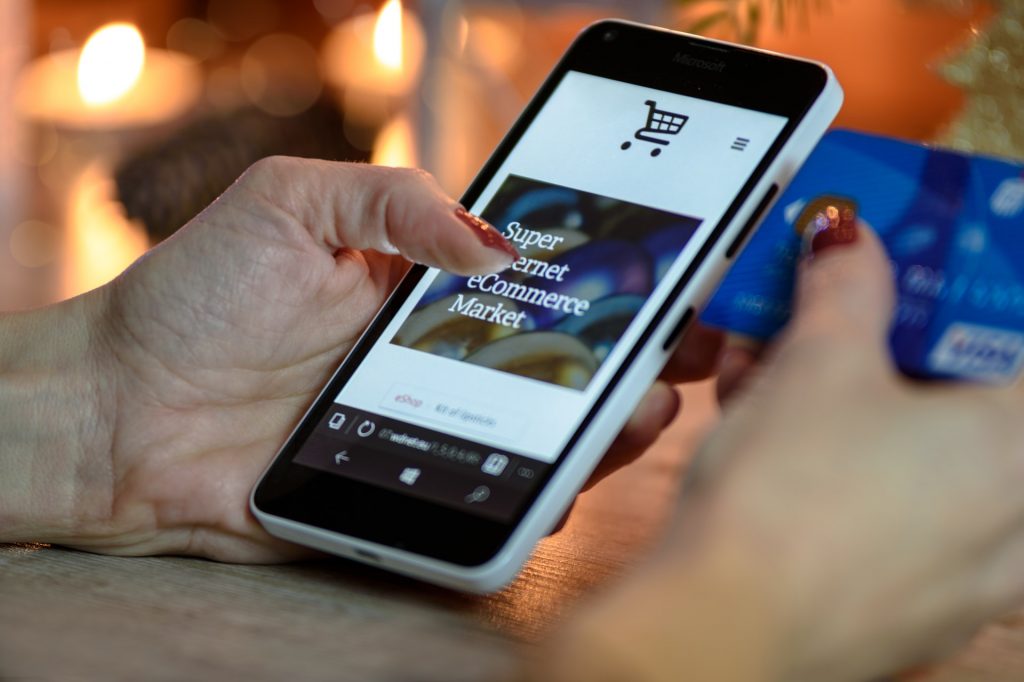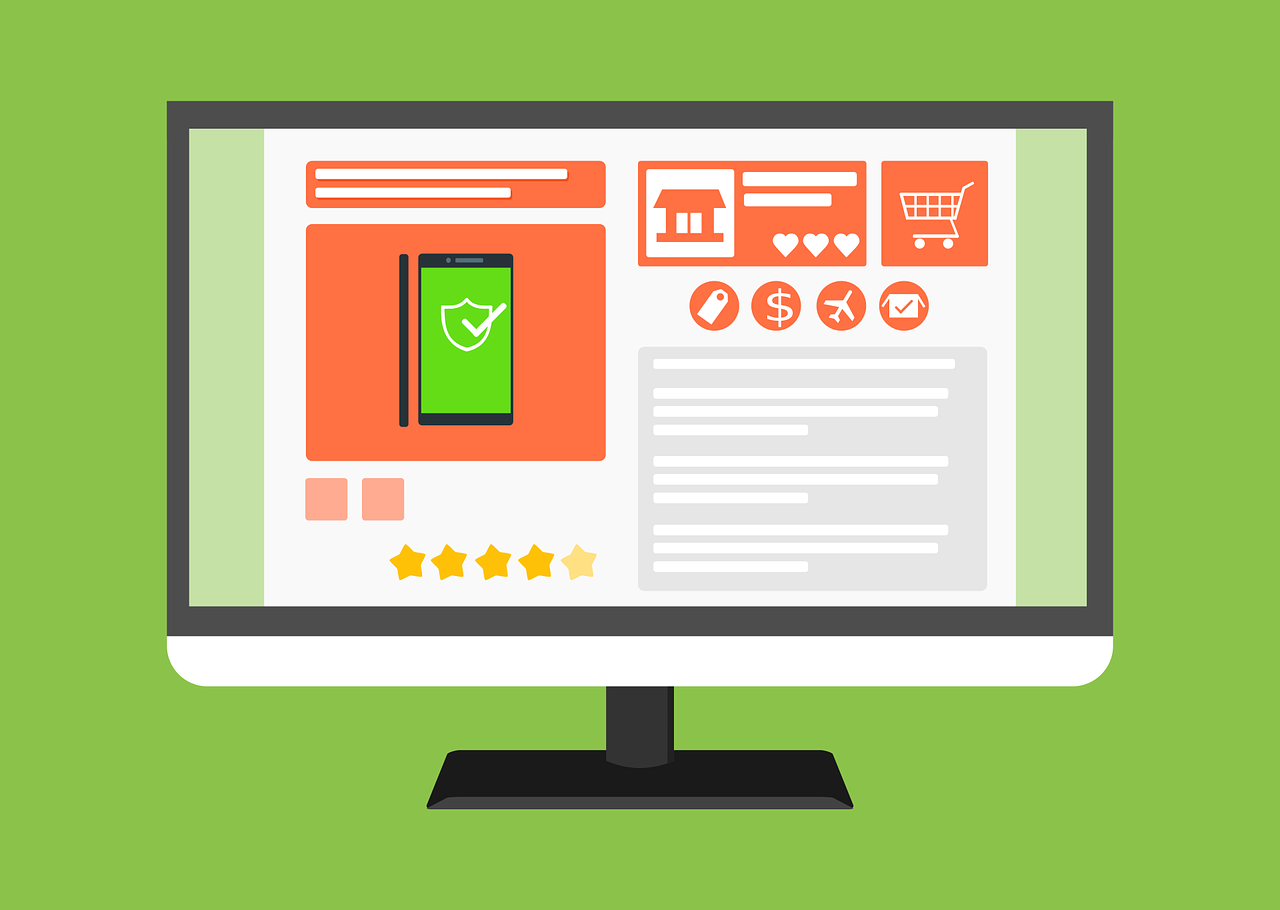With each passing year, the e-commerce business seems to grow more and more popular with shoppers of all ages and locations. From clothing, jewellery, shoes, and general merchandise to pantry items, household staples, and even pre-prepped meals, it seems that a consumer can buy just about anything in today’s age without ever setting foot in a traditional store.
In fact, a recent eMarketer forecast report entitled “The Future of Retail 2019” expects e-commerce to grow by 15.1% to over $605 billion before the end of 2019. This would mean that over 10% of all retail sales would be through an e-commerce platform. Sites like Amazon and Shopify have helped to increase this online marketplace momentum, making it easier than ever to become an e-commerce seller.
But, it seems that anytime there is explosive growth in an industry or sector, and barriers to entry are reasonable, there will also come great amounts of competition. Whether you are new to the e-commerce space and trying to learn how to compete, or a veteran to selling online who simply wants to drive more traffic and increase profits, here are seven quick tips to help boost your e-commerce sales!

#1 – Use Personalized Onsite Recommendations
One of the often quoted benefits of online shopping for a lot of consumers is convenience. Things in an online store are typically easier to find, search, and buy, compared to many brick and mortar establishments. One thing that can make for even more convenience is to incorporate personalized recommendations into your site. This may be a scroll bar on the home page showing quick links to “recently visited” products or “recommended for you” items. In addition to being convenient, these types of features, when added to your e-commerce site, can more quickly grab viewer attention, helping to decrease bounce rates and make your site appear more tailored to individual needs and interests. Getting started with personalized onsite recommendations is fairly simple, and a great solution for boosting e-commerce sales.
#2 – Optimize for Mobile
In 2018, a Forrester report studied online sales and determined that about one-third of e-commerce purchases were completed from a tablet, smartphone, or another mobile device. With this knowledge in mind, it is easy to see why having an e-commerce site that is optimized for mobile shopping and purchases is absolutely essential. Sites that are not optimized for mobile will often frustrate consumers who are trying to browse and buy from a smartphone, resulting in lost sales. Most website hosting companies offer packages or add ons for mobile optimization of your existing site. Just don’t forget to carve out a little time to test and adjust optimization settings until it is workable on a variety of devices.

#3 – Utilize Personalized Emails for Marketing
Most e-commerce businesses are familiar with email marketing, but often they miss out on potential sales because they fail to personalize the content and make it relevant to the recipient. Examples of personalized email marketing might include things like price drop notifications for items that have been recently viewed or added to a cart but not purchased, happy birthday emails offering a discount or promotion during the week or month of the customer’s birthday, or emails with products that are complementary to some other item that they have already bought. A great example of a company that uses this strategy well is Amazon.com. By utilizing personalized emails, you have a greater chance of connecting with the consumer, and providing them with updates, sales, or reminders that are interesting and relevant.
#4 – Incorporate High-Quality Product Videos
If convenience is a highly mentioned benefit to e-commerce, then the lack of product interaction and experience is the negative counterpart. People can’t try on clothes and shoes for fit, feel fabrics or materials for quality, or know exactly what the product will look like in “real life” when utilizing e-commerce. Nice images can really help, especially when taken at various angles and such, but high-quality product videos seem to be so much more effective at bridging the gap and giving consumers the confidence to buy. Examples of videos that could be featured for e-commerce sites include things like video reviews, unboxing segments, or clips of the product in use. Whatever you choose to include, the addition of a high-quality video can boost e-commerce sales. For help getting started with a high-quality product online video editor, check out this easy to use video editor tool by Renderforest.

#5 – Keep Shipping Rates Reasonable
Shipping costs can often be a major sticking point for many e-commerce shoppers. Everyone knows that there is a cost associated with getting the product from point A to point B, but often times if the costs are too high, or make the total purchase cost unaffordable, it hinders the sale. As an e-commerce business, it is important to try to keep shipping costs as reasonable and low as possible. Shopify recommends several ways to help keep costs low, such as using packaging that mailing vendors provide free of charge and ask for bulk discounts.
#6 – Set up Personalized Push Notifications
Push notifications are becoming more and more popular, as one more way to connect with customers. By personalizing the push notifications that a person receives directly to their mobile device or desktop, e-commerce sites can notify of recent price drops, announce relevant sales, remind of abandoned carts, announce that orders have shipped out, and so much more! By partnering with a service like Segmentify, adding personalized push notifications to your e-commerce business can be done quickly and easily.

#7 – Implement Upselling Techniques
Upselling has always been a tactic for brick and mortar businesses, but it is also effective in the e-commerce space. In fact, one study done by Predictive Intent indicates that upselling may be worth about twenty times more than cross-selling. Spotify, Apple Checkout, and many other similar sites have the functionality to include upsell options easily. If you are working on your own platform, the upselling capability may be a bit harder, but nothing that a good website developer or coder can’t tackle. Upselling works differently than cross-selling because it isn’t asking someone to buy an extra product, but simply get a better version of the product they already are purchasing. It also gives the consumer options, which can add value as well.
Boosting e-commerce sales can be a challenge to just about every business, but the above tips hopefully have provided some strategies to start using. Be sure to track data as you make changes, to get a better idea of how well certain things are working for your particular business and consumer market!
Author Profile

-
The CEO of ClickDo Ltd. and
SeekaHost Ltd. helping businesses grow online with latest digital marketing techniques.
With #1 ranking for "SEO Consultant" In London, UK I lead by example.
Latest entries
 Tech Updates9th August 20197 Quick Tips to Help Boost Your Ecommerce Sales
Tech Updates9th August 20197 Quick Tips to Help Boost Your Ecommerce Sales Tech Updates7th August 2019Online Training: Pro Tips on Cisco Online Training
Tech Updates7th August 2019Online Training: Pro Tips on Cisco Online Training Digital Marketing14th June 2019New Digital Marketing Tool for increase sales of Watch Market
Digital Marketing14th June 2019New Digital Marketing Tool for increase sales of Watch Market Tech Updates23rd April 2019How to Find Guest Bloggers to Write Guest Posts on Your Blog?
Tech Updates23rd April 2019How to Find Guest Bloggers to Write Guest Posts on Your Blog?

